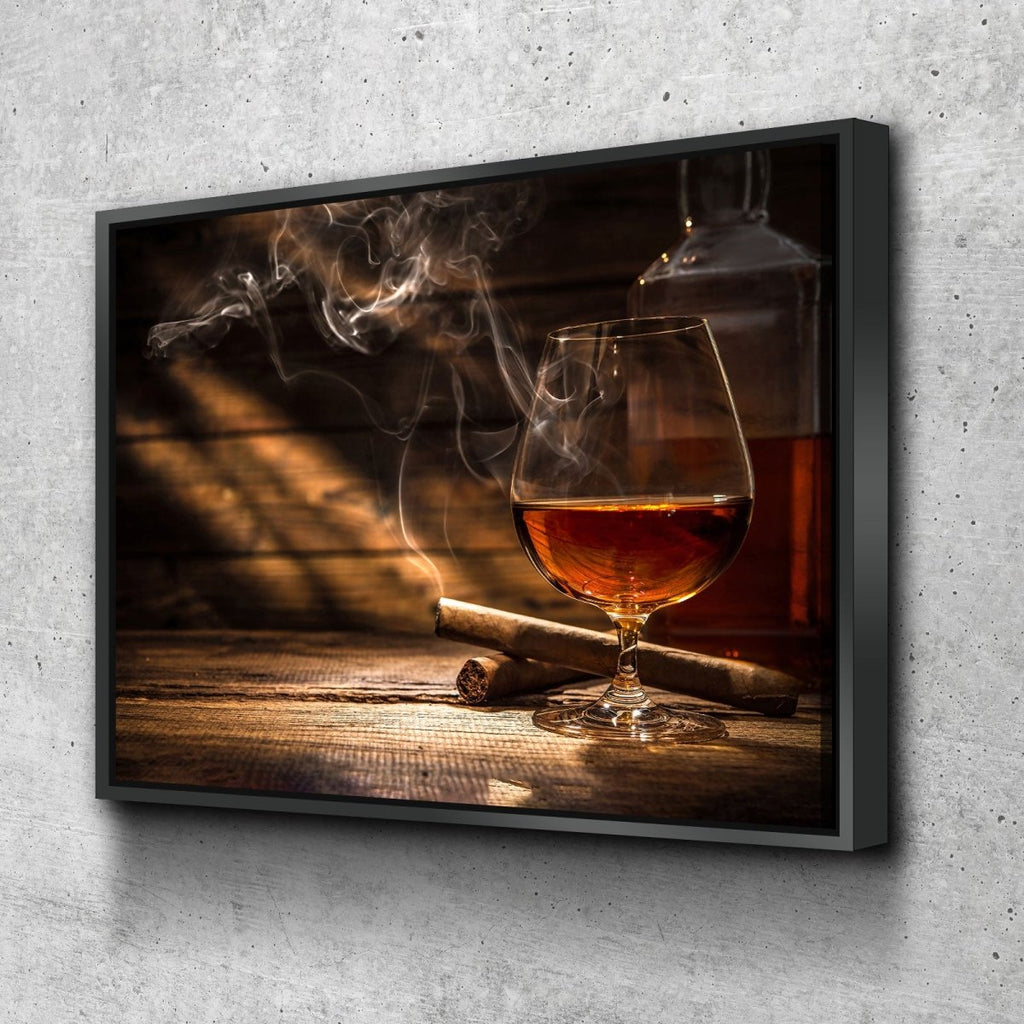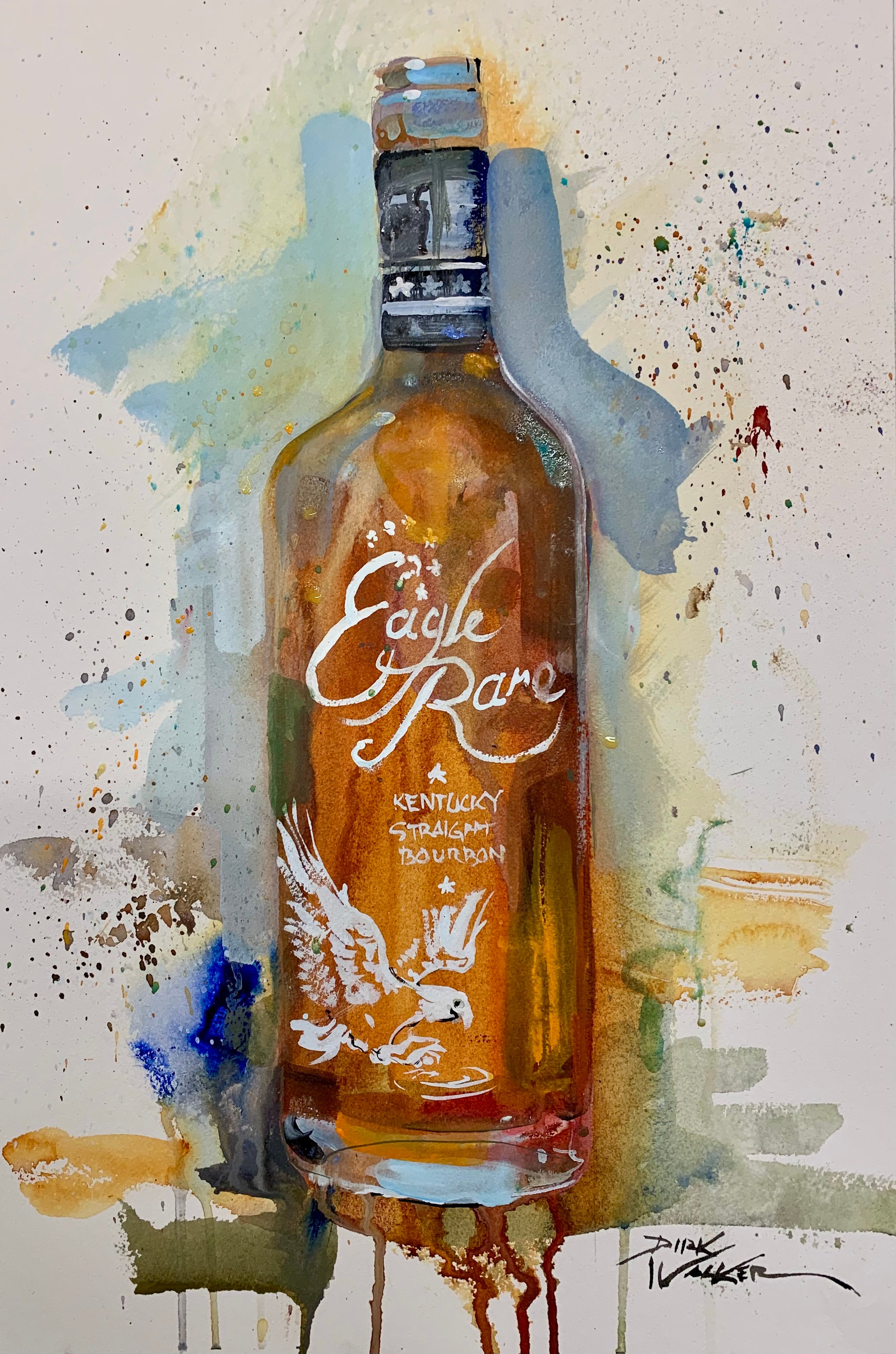The Relevance of Whiskey Art in Celebrating Heritage and Craftsmanship in the Beverage Industry
The intricate relationship in between bourbon art and the party of heritage and workmanship within the beverage market can not be overstated. Through attentively made tags and bottles, bourbon brand names encapsulate their historical origins and the artisanal abilities that define their production approaches. This artistic dimension not just improves market charm but additionally functions as a channel for cultural narration, promoting a deeper link in between the craft and the consumer. As we discover the different facets of this topic, appealing concerns regarding the effect of modern fads on standard practices emerge, triggering further exam.
The Historic Roots of Whiskey
At the heart of whiskey's appeal exists a rich tapestry of historic roots that map back to old worlds. The beginnings of whiskey can be connected to the distillation methods of the Sumerians and Babylonians around 2000 BCE, where very early forms of fermented grain drinks started to emerge. It was in the Center Ages that the art of distillation progressed dramatically, particularly in Ireland and Scotland, leading to the development of bourbon as we know it today.
The term "whiskey" itself obtains from the Gaelic word "uisce beatha," suggesting "water of life." This phrase underscores the cultural relevance of bourbon in Celtic societies, where it was frequently connected with routines, parties, and communal bonding. By the 15th century, distillation ended up being an identified craft within monastic communities, leading the way for the establishment of lawful distilleries.
As profession courses increased, bourbon's appeal expanded, going beyond local boundaries and capturing the interest of connoisseurs worldwide. Whiskey Art. This historical journey shows not only the craftsmanship behind whiskey production but also its essential role in cultural and social contexts, marking it as a significant beverage throughout background
Artistic Expression in Branding
Bourbon branding stands as an engaging junction of virtuosity and business, where visual identity plays an important function fit consumer assumption. The visual appeals of whiskey labels, product packaging, and advertising and marketing products show not only the brand name's tale however likewise its core values and heritage. Via imaginative expression, distilleries communicate a narrative that resonates with customers, stimulating emotions and sparking links.
Making use of color, typography, and images in branding serves to differentiate items in a saturated market. Conventional concepts may stimulate a sense of credibility and craftsmanship, while contemporary layouts can symbolize innovation and forward-thinking. This calculated artistic direction boosts brand acknowledgment and commitment, permitting consumers to forge an individual relationship with the scotch they pick.
Furthermore, imaginative expression in branding typically offers as an event of local heritage. Distilleries regularly incorporate regional icons or historical recommendations right into their designs, producing a local color that invites consumers to take part in a broader cultural experience. Inevitably, the virtuosity behind whiskey branding not only improves aesthetic allure but likewise improves the total narrative of the brand, promoting a much deeper admiration for the craftsmanship and heritage embedded in each bottle.
Craftsmanship in Bottle Style
The virtuosity noticeable in whiskey branding extends beyond visual identity to include the craftsmanship associated with container style. Each container acts as a vessel not simply for the spirit within, yet additionally for the tale it outlines its beginning, practice, and quality. The style process requires precise attention to detail, as elements such as material, shape, and closure add dramatically to the general understanding of the whiskey.
Craftsmanship in container layout includes choosing top quality glass that can enhance the whiskey's shade and clearness, while also providing a responsive you could check here experience for the customer. The silhouette of the container have to be both useful and visually appealing, frequently mirroring the heritage of the brand. Several distilleries choose for distinct shapes or printed logos that stimulate a sense of authenticity and background.
Furthermore, the tag style and typography play an important role in connecting the brand's story. Whiskey Art. A well-crafted container not only astounds the consumer's eye yet likewise reinforces the brand name's commitment to high quality and tradition. In this method, the craftsmanship of container design ends up being a vital element of the scotch experience, combining artistry with a profound regard for heritage
Cultural Value of Whiskey Art
Commemorating tradition and craftsmanship, the social importance directory of scotch art goes beyond simple aesthetics, intertwining with the historical and social stories of the areas from which it comes from. Each container works as a canvas, showing the special stories, folklore, and customs that have shaped neighborhood whiskey-making practices. The complex layouts frequently mirror the heritage of the distillers, incorporating symbols and themes that reverberate with the society and values of their neighborhoods.

On top of that, whiskey art plays a crucial role in common gatherings and parties, serving as a substantial link in between individuals and their shared experiences. By appreciating the virtuosity in whiskey product packaging, customers cultivate a much deeper understanding and regard for the craft, eventually improving their enjoyment of the beverage itself.
Modern Trends in Bourbon Presentation
In the last few years, the discussion of whiskey has advanced to reflect contemporary preferences and fads while still honoring standard workmanship - Bourbon Art. Distilleries are progressively concentrating on aesthetic elements that improve the total alcohol consumption experience, bridging the space in between heritage and modernity
Cutting-edge bottle designs have emerged, usually incorporating sustainable materials and creative tags that inform engaging tales. Many brands now work together with regional musicians, instilling their items with unique visual expressions that resonate with consumers. Additionally, limited-edition releases are typically packaged in collectible containers, including worth and charm for aficionados.

Final Thought
In conclusion, whiskey art serves as an important channel for revealing the heritage and craftsmanship fundamental in the beverage industry. Through intricate branding, innovative bottle layouts, and culturally substantial imaginative components, scotch brands efficiently honor their traditions and connect with customers.


Workmanship in bottle design involves picking high-grade glass that can boost the scotch's color and clarity, while additionally supplying a tactile experience for the consumer. In this means, the workmanship of bottle design comes to be a crucial element of the whiskey experience, combining creativity with a profound regard for heritage.
In final thought, whiskey art offers as a crucial conduit for sharing the heritage and craftsmanship inherent in the drink market.
Comments on “Realism Art in the Whiskey Industry: Depicting Moments of Distillation”